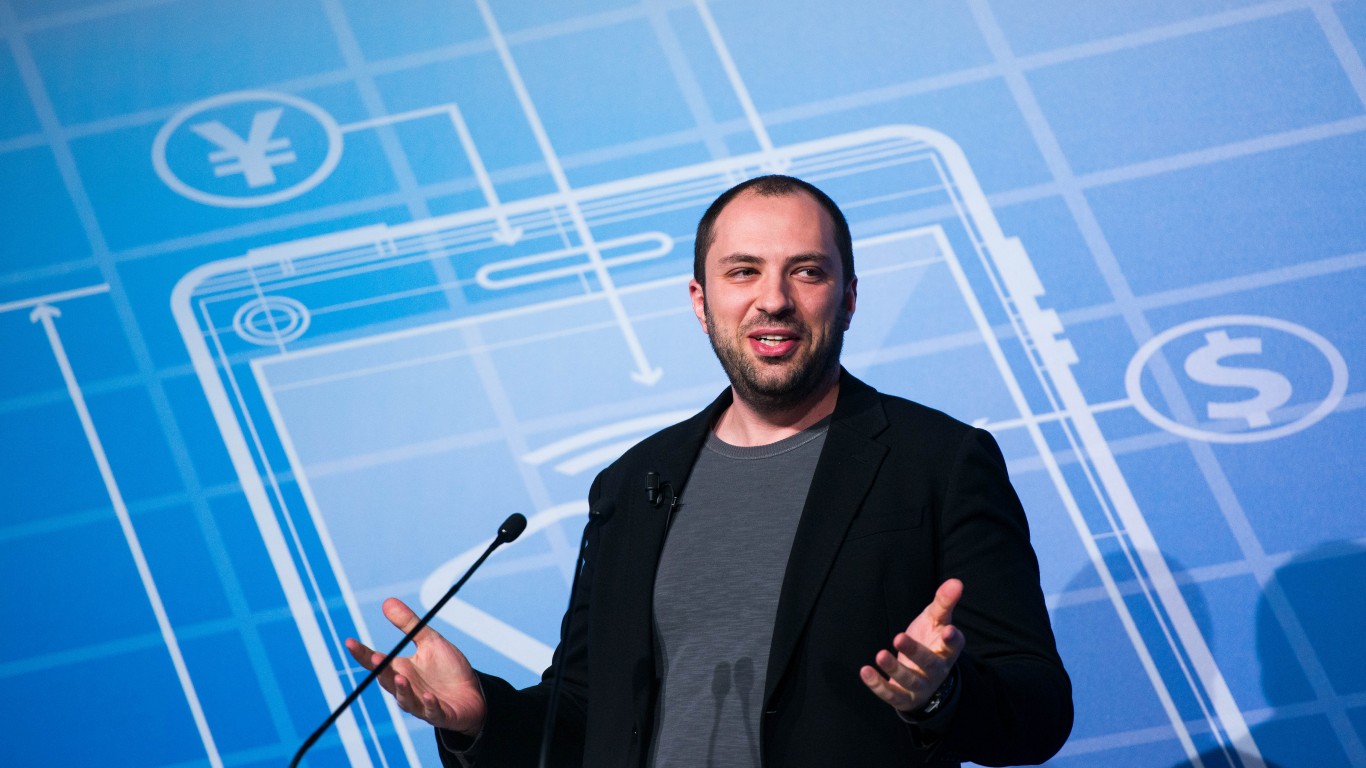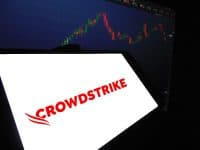
Jan Koum is a Ukrainian-American computer programmer and billionaire. Koum was born on February 24, 1976, in Kyiv, Ukraine. He was the only child of a construction manager and housewife. Growing up in poverty, his childhood home didn’t have hot water, and his family was resistant to talk on the phone, in fear of it being tapped by the KGB.
#1 Move to California

Koum immigrated to Mountain View, California with his mom when he was 16 in order to flee Kyiv. The only possessions they brought over with them were suitcases full of pens and Soviet-issued notebooks for Koum’s school supplies.
#2 Early Life

Koum got a small apartment through government assistance, stood in line for food stamps at the North County Social Services Offices, and lived off of his mother’s disability income when she was diagnosed with cancer. His father was never able to immigrate to the U.S. and died in 1997.
#3 Hacker Group

Koum was known as a troublemaker in school and was often bored. He taught himself computer networking and joined woowoo, a hacker group. There, he chatted with Sean Fanning, the co-founder of Napster.
#4 San Jose State

After graduating high school, he went to San Jose State University and was a security tester for Ernst & Young. He inspected Yahoo’s advertising system in 1997 and met Acton, Yahoo employee 44. The two started a friendship and Koum interviewed at Yahoo the same year. Two weeks into his new job, Yahoo’s servers broke and David Filo, co-founder of Yahoo told him to “[get the fuck out of class and] get his ass into the office. Koum dropped out after that.
#5 Leaving Yahoo

Koum’s mother died in 2000, and he relied on his friendship with Acton to get through the tragedy. He stayed at Yahoo for the next nine years and helped launch Project Panama, Yahoo’s advertising platform. Dissatisfied with advertising work, the pair left Yahoo in 2007 and took a gap year playing ultimate frisbee in South America.
#6 First iPhone

In 2009, Koum bought his first iPhone and noticed that the app store was outdated, and he saw the potential of an imminent app industry boom. Koum had an idea for an app that would show the user the status of their contacts. Things like “on a call” or “at the gym”. His friend from the Russian community, Alex Fishman, introduced him to Igor Solomennikov, an app developer.
#7 Founding WhatsApp

Koum created WhatsApp Inc on February 24, 2009. He chose WhatsApp as the name of his app because he liked the phrase, “What’s up.” Koum built the backend code to synch the app with anyone anywhere in the world, a feat that took him months to figure out. After a few months, the app still wasn’t functioning as Koum had envisioned. Acton convinced him to keep working on it, instead of finding another job.
#8 A Messaging App

Soon after, Apple launched push notifications. This allowed apps to ping users. Koum updated the app to notify users when their friends on the app changed their status. It also had the ability for the user to ping their network with custom statuses, which became a way of instant messaging. He realized that he had accidentally created a messaging app, the first platform to create one that anyone in the world with any type of phone could use. As soon as he incorporated the messaging element, the user numbers almost instantly started jumping.
#9 First Investments

Working out of the Red Rock Café, Acton and Koum were working on upgrading the SMS component to allow users to send photos. Suddenly, people could text anyone anywhere in the world. The pair soon convinced five executive contacts to invest $250,000.
#10 Anti-Advertising

Something interesting about Koum is that he hates advertising. He said, “Marketing and press kicks up dust. It gets in your eye, and then you’re not focusing on the product.” By 2013, WhatsApp’s users numbered 200 million with a staff of 50.
#11 Selling WhatsApp

After enjoying wild success, the pair sold WhatsApp to Facebook in 2019 for $19 Billion. They still retain about 60% of the company together. About his career, Koum said, “I want to do one thing, and do it well.”
Thank you for reading! Have some feedback for us?
Contact the 24/7 Wall St. editorial team.





